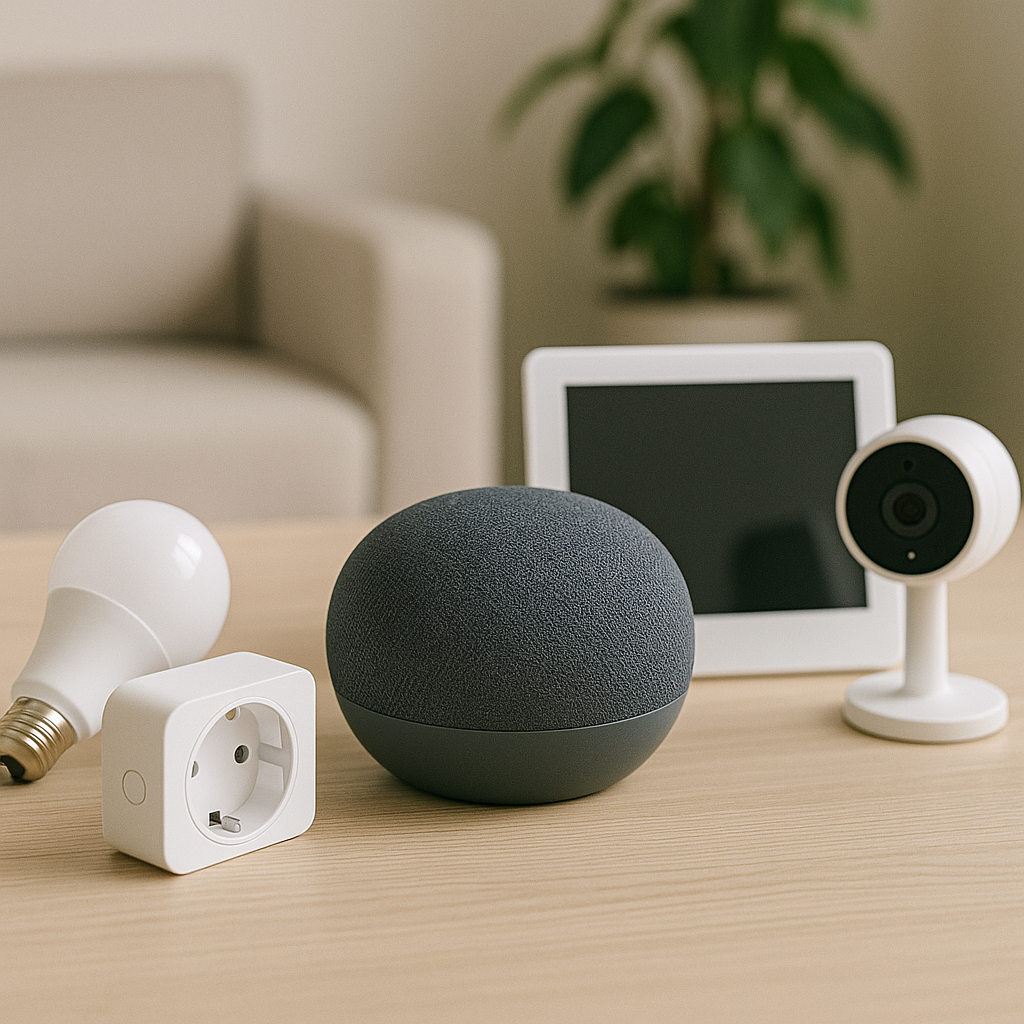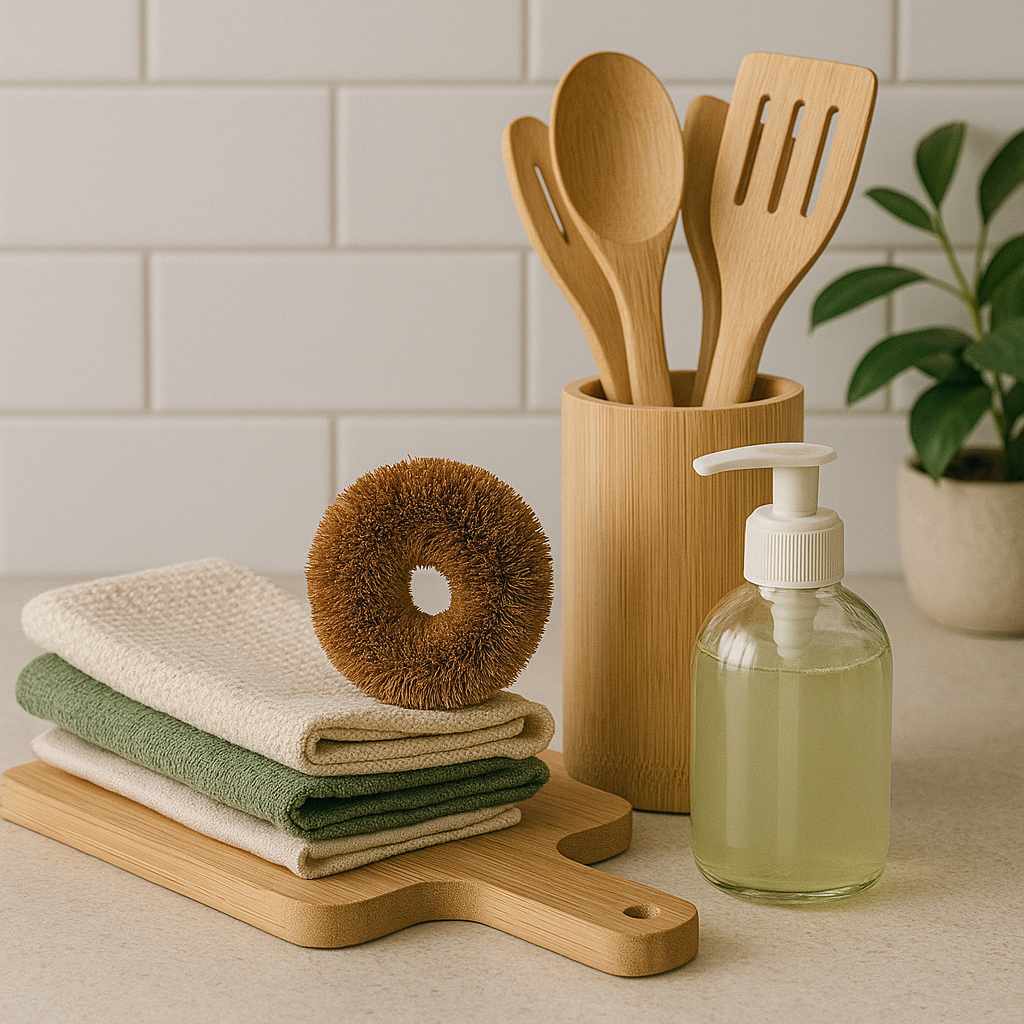In the innovative world of 2025, smart home automation essentials are redefining convenience, security, and energy efficiency in everyday living. These smart home gadgets integrate app control, voice control, and seamless compatibility with systems like Alexa and Google Home, turning ordinary homes into intelligent ecosystems. From smart lighting and climate control to advanced security sensors and home wellness products, trends emphasize AI-driven personalization, eco-friendly designs, and unified platforms for effortless home automation devices. This guide covers the must-have smart home automation essentials for 2025, highlighting energy-efficient features, IoT connectivity, and sustainable tech to enhance your lifestyle. With the smart home market booming—projected to reach new heights through AI and 5G advancements—these tools offer long-range compatibility, robust security, and intuitive controls for modern homes.
Smart home automation in 2025 focuses on interconnected devices that learn user preferences, optimize energy use, and promote wellness through health monitoring and climate-conscious features. Whether upgrading lighting switches, installing smart hubs, or adding relays for automation, prioritize compatibility with Zigbee, Z-Wave, or Matter protocols for seamless integration.
How to Choose Smart Home Automation Essentials in 2025
Selecting the right home automation devices requires considering your needs, space, and budget. Focus on essentials that support voice control, app management, and energy-efficient operation for a truly smart home.
Types of Smart Home Automation Devices
- Smart Hubs: Central controllers that unify devices, supporting protocols like Zigbee and Z-Wave for broad compatibility.
- Lighting Controls: Dimmable switches and bulbs with color-changing options, integrated with motion sensors for automated ambiance.
- Security Systems: Cameras, sensors, and locks with AI detection for enhanced protection.
- Climate Control: Thermostats and fans that adjust based on occupancy and weather data.
- Appliances and Robotics: Robot vacuums and smart ovens with AI for efficient cleaning and cooking.
- Health and Wellness Tech: Monitors for air quality, sleep tracking, and gesture controls.
- Energy Management Tools: Plugs and relays that track usage and automate savings.
Key Features to Look For
- Connectivity and Compatibility: Ensure support for Matter, Zigbee, or Z-Wave for long-range, reliable integration with Alexa or Google Home.
- AI and Personalization: Devices that learn habits for automated routines, like adjusting lights or thermostats.
- Voice and Gesture Control: Hands-free operation for convenience and accessibility.
- Energy Efficiency: Low-power designs with solar options and usage tracking to reduce bills.
- Security Features: Encryption, two-factor authentication, and AI alerts for peace of mind.
- App Control and Automation: User-friendly apps for scheduling and remote access.
- Sustainability: Eco-friendly materials and energy-saving modes for climate-conscious homes.
- Price and Warranty: Budget options start at $50; look for extended warranties and customer service support.
Consider installation ease—many devices are plug-and-play with hubs for expanded functionality.
Top 8 Smart Home Automation Essentials for 2025
Based on 2025 trends, here are essential categories, evaluated for innovation, efficiency, and user value.
1. AI-Powered Smart Hub – Best Central Control
Unifies devices with AI learning, supporting multiple protocols for seamless app control.
Pros: Enhances automation, energy efficient.
Cons: Initial setup time.
Price: $100-200. Ideal for integrated smart home gadgets.
2. Voice-Controlled Lighting System – Best for Ambiance
Color-changing bulbs with motion sensors, compatible with voice assistants.
Pros: Customizable, energy-saving schedules.
Cons: Requires stable Wi-Fi.
Price: $20-50 per unit. Boosts home wellness through adaptive lighting.
3. Advanced Security Camera – Best Protection
AI detection, night vision, and integration with locks and sensors.
Pros: Real-time alerts, privacy modes.
Cons: Data storage costs.
Price: $80-150. Essential for smart home security.
4. Climate-Conscious Thermostat – Best Energy Saver
Learns routines, integrates with weather apps for optimal heating/cooling.
Pros: Reduces bills by 20%, eco-friendly.
Cons: Compatibility checks needed.
Price: $100-250. Promotes sustainable home automation.
5. Robotic Vacuum Cleaner – Best Convenience
AI mapping, self-emptying, and app scheduling for effortless cleaning.
Pros: Saves time, quiet operation.
Cons: Higher upfront cost.
Price: $200-500. A must-have for busy households.
6. Health Monitoring Air Purifier – Best Wellness
Sensors for air quality, integrated with humidifiers for balanced environments.
Pros: Allergy relief, smart alerts.
Cons: Filter replacements.
Price: $150-300. Supports home wellness products.
7. Smart Plug and Relay Set – Best Versatile
Controls appliances remotely, monitors energy with automation rules.
Pros: Affordable, easy install.
Cons: Limited to plugged devices.
Price: $15-30 each. Great for energy-efficient upgrades.
8. Gesture-Controlled Entertainment Hub – Best Innovation
Integrates TVs, speakers with gesture and voice for immersive experiences.
Pros: Hands-free, multi-device sync.
Cons: Learning curve.
Price: $200-400. Trending in 2025 smart homes.
Maintenance Tips for Smart Home Automation Devices
Update firmware regularly via apps; clean sensors and cameras monthly. Use strong passwords and enable security features. For energy efficiency, monitor usage and replace batteries in wireless devices. Professional installation for complex setups ensures longevity.
FAQ: Common Questions About Smart Home Automation Essentials 2025
- What are essential smart home gadgets? Hubs, lighting, security, and thermostats for basic automation.
- How does voice control work? Integrates with assistants for commands like "turn on lights."
- Are smart devices energy efficient? Yes, with AI optimizing usage and reducing waste.
- What's new in 2025 trends? AI personalization, health tech, and unified ecosystems.
- How to ensure compatibility? Choose Matter-supported devices for seamless integration.
- Is installation easy? Most are DIY, but hubs may need setup apps.
Conclusion: Build Your Smart Home in 2025
Smart home automation essentials for 2025 offer unparalleled convenience through app control, voice integration, and energy-efficient designs. Embrace AI-driven trends, security enhancements, and sustainable features for a connected, wellness-focused home. Start with core devices like hubs and lighting to transform your space—future-proof your living today.







Leave a comment
This site is protected by hCaptcha and the hCaptcha Privacy Policy and Terms of Service apply.